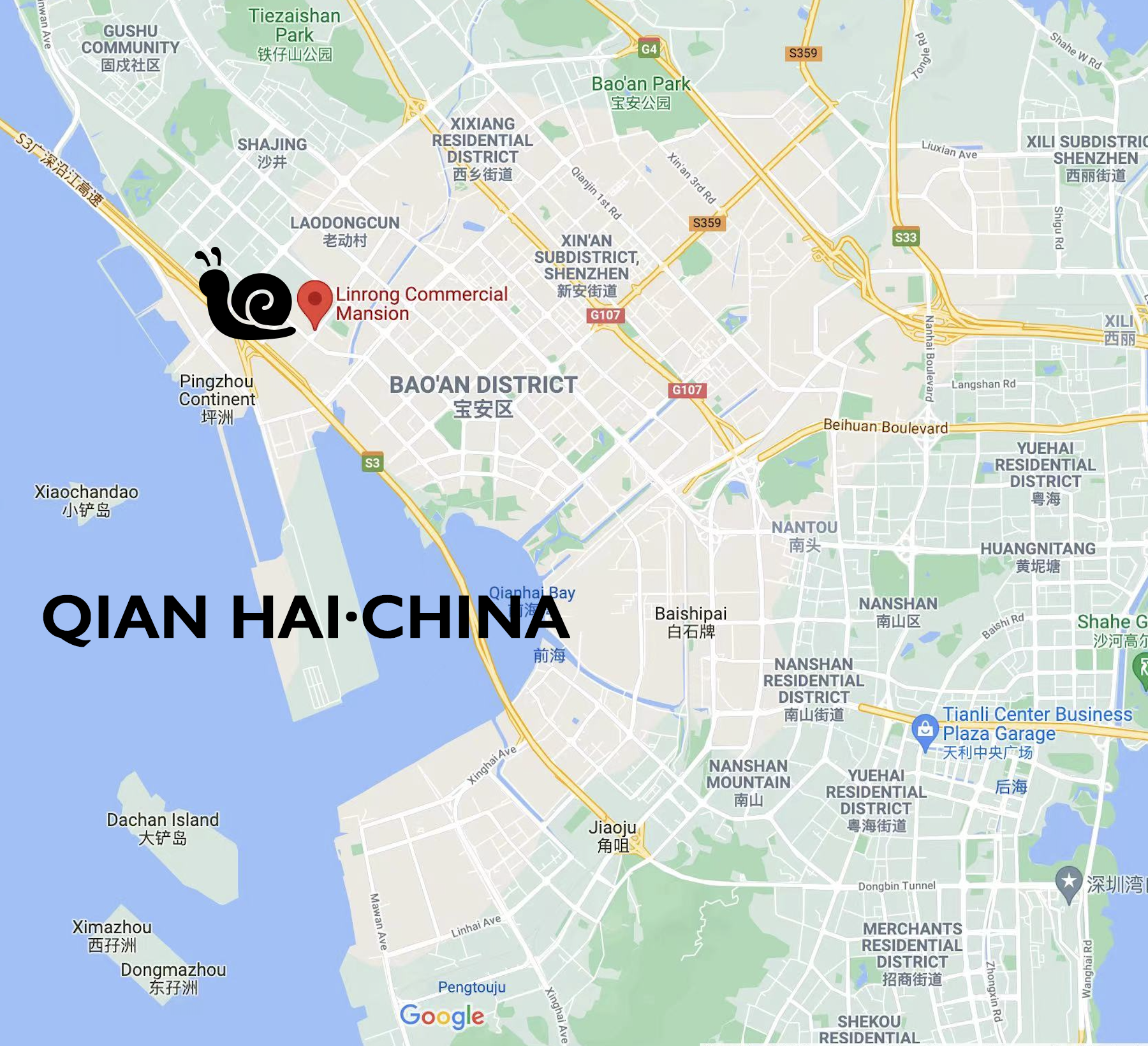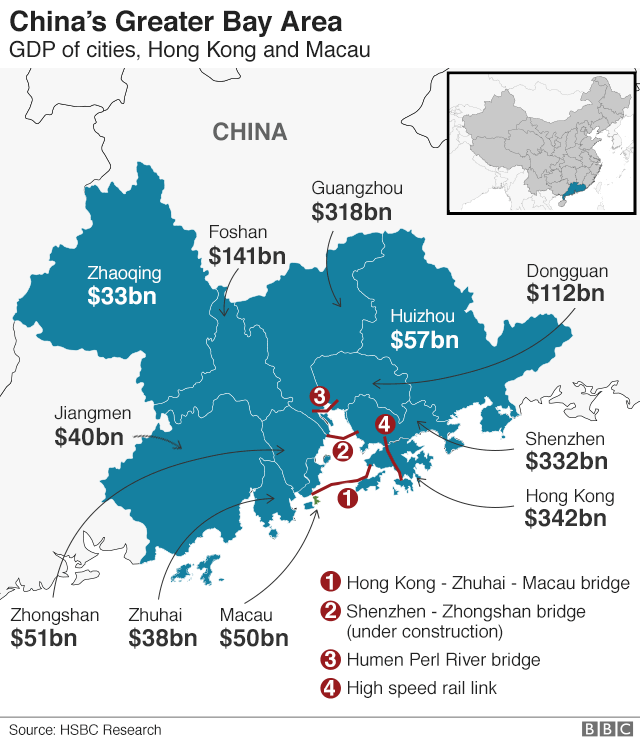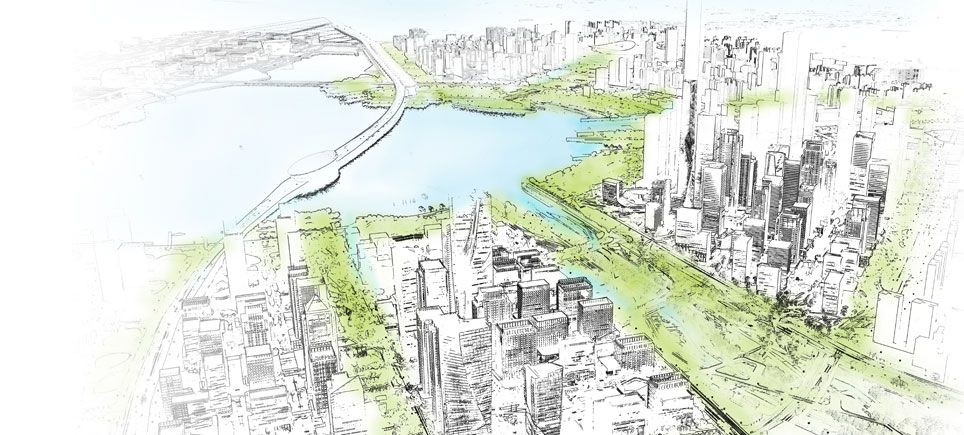Location
In the center of the Bay Area
Fortune Core is located in Qianhai, adjacent to Hong Kong and Macao, also in the center of the Pearl River Delta and the Great Bay area of Pearl River, Hong Kong and Macao.
Central hub of business flow, information flow, logistic flow, capital flow and service in China and even the world. Owes world-class infrastructure and provides the best logistics, information, technological, professional and public services.
Not only did Fortune Core choose Qianhai, but also Qianhai chose Fortune Core. Through the complete Pearl River Delta supply chain cluster and well-infrustrated water land, land and air port services, Fortune Core will provide customers with the most convenient and high-quality services.
A unique Bay area in the world
A unique new center of the city

bay area
Qianhai, Shenzhen
A resplendent jewel by the South China Sea
The development and construction of Qianhai, with a total area of 120.56 square kilometers, are an important measure to support Hong Kong’s economic and social development, improve the level of cooperation between Shenzhen, Hong Kong and Macao, and build a new pattern of opening to the outside world. It is of great significance to promote the construction of Shenzhen, Hong Kong and Macao Bay area, support Shenzhen in building a leading demonstration area.
On September 6, 2021, the plan for comprehensively deepening the reform and opening up of Qianhai was released. Qianhai cooperation zone will build a high-level portal hub for opening to the outside world.
bay area
The Greater Bay Area
Hong Kong
It is a special administrative region (SAR) of the People's Republic of China. It comprises 200 islands located in Eastern Asia bordering the South China Sea and China. Much of Hong Kong's terrain is hilly to mountainous with steep slopes. The government system is a limited democracy; the chief of state is the president of China, and the head of government is the chief executive of Hong Kong. Hong Kong has a free market economy in which the prices of goods and services are determined in a free price system. Hong Kong is a member of the Asia-Pacific Economic Cooperation (APEC).
Hong Kong plays a key intermediary role in infrastructure investment and financing as part of China’s Belt and Road Initiative.
Hong Kong is characterised as a hybrid of East and West. Traditional Chinese values emphasising family and education blend with Western ideals, including economic liberty and the rule of law.
Fortune core members have close ties with Hong Kong and frequently conduct business in Hong Kong or with Hong Kong customers. In addition to leading technology, Fortune Core also has international visions consistent with Hong Kong in terms of values, legal system and integrity, providing a foundation for steady development.
The Pearl River Delta (or PRD)
It is in Guangdong province, China. It is a bustling region with massive manufacturing and trade.
Economically and linguistically, the Special Administrative Regions of Hong Kong and Macau — located on opposite sides of the mouth of the Pearl — are very much part of the PRD.
This region has always been one of China's major centers for foreign trade, from the days of the Maritime Silk Road through the era of tea clippers and into recent times.
Guangdong province produces about a third of China's total exports. Most of these are from the Delta. The region is often referred to as "the world's workshop." The largest product groups are clothing and electronics but the industrial base is extremely diverse and the range of products manufactured is enormous.
Guangdong-Macao In-Depth Cooperation Zone in Hengqin
An integrated new system with Macao featuring high-level opening-up will be built to realize the efficient and unimpeded flow of goods, people, capital and data between the zone and Macao. Under the system, declaration procedures for tax-exempt or bonded inbound goods will be further simplified, unless otherwise specified by national laws and administrative regulations. Inbound and outbound travel will also become highly convenient. Innovative measures will be introduced in terms of cross-border financial management. A highly convenient mechanism for market access will be established, and efforts will be made to facilitate the safe and orderly flow of internet data across the border.
A collaboration and communication mechanism between Guangdong and Macao for the zone's management will be set up. A management committee will be jointly established by the Guangdong and Macao governments for overall decisions on major plans, policies, projects, and important personnel appointment and removal of the cooperation zone. An executive committee under the management committee will be found and endowed with the functions of international promotion, investment attraction, industry introduction, land development, project construction, livelihood affairs management. The zone will be administered by an agency dispatched by the CPC Guangdong Committee and Guangdong Provincial People’s Government, which is responsible for Party building, national security, criminal justice, social security, and more. The agency will perform well the functions of territorial management and actively cooperate with the management and executive committees to promote the development and construction of the cooperation zone.
The Guangdong-Hong Kong-Macao Greater Bay Area
Macao, and the nine municipalities of Guangzhou, Shenzhen, Zhuhai, Foshan, Huizhou, Dongguan, Zhongshan, Jiangmen and Zhaoqing in Guangdong Province. The total area is around 56 000 km2. Based on the latest figures provided by the Guangdong Province, the Hong Kong Special Administrative Region Government (SARG) and the Macao SARG, the total population in the Greater Bay Area is over 86 million and the GDP is USD 1,668.8 billion in 2020.
The development of the Greater Bay Area is accorded the status of key strategic planning in the country's development blueprint, having great significance in the country's implementation of innovation-driven development and commitment to reform and opening-up. The objectives are to further deepen cooperation amongst Guangdong, Hong Kong and Macao, fully leverage the composite advantages of the three places, facilitate in-depth integration within the region, and promote coordinated regional economic development, with a view to developing an international first-class bay area ideal for living, working and travelling.

Regional Comprehensive Economic Partnership (RCEP)
Countries in East Asia region have thriving trade and economic relations with each other through free trade agreements. The Association of Southeast Asian Nations (ASEAN) has free trade agreements with six partners namely People’s Republic of China (ACFTA), Republic of Korea (AKFTA), Japan (AJCEP), India (AIFTA) as well as Australia and New Zealand (AANZFTA).
RCEP has the potential to deliver significant opportunities for businesses in the East Asia region, given the fact that the 16 RCEP participating countries account for almost half of the world’s population; contribute about 30 per cent of global GDP and over a quarter of world exports. RCEP will provide a framework aimed at lowering trade barriers and securing improved market access for goods and services for businesses in the region, through:
Recognition to ASEAN Centrality in the emerging regional economic architecture and the interests of ASEAN’s FTA partners in enhancing economic integration and strengthening economic cooperation among the participating countries;
Facilitation of trade and investment and enhanced transparency in trade and investment relations between the participating countries, as well as facilitation of SMEs’ engagements in global and regional supply chains; broaden and deepen ASEAN’s economic engagements with its FTA partners.
CPTPP
The Comprehensive and Progressive Agreement for Trans-Pacific Partnership (CPTPP) is a free trade agreement involving New Zealand and 10 other countries in the Asia Pacific region.
The Asia-Pacific is now the world’s leading region of economic growth, offering big opportunities for trade and expansion. Canadian businesses can get ahead of the global competition by using the Comprehensive and Progressive Agreement for Trans-Pacific Partnership (CPTPP)—a free trade agreement between Canada and 10 other countries in the Asia-Pacific: Australia, Brunei, Chile, Japan, Malaysia, Mexico, New Zealand, Peru, Singapore and Vietnam.China has applied to join key Asia-Pacific trade pact.


